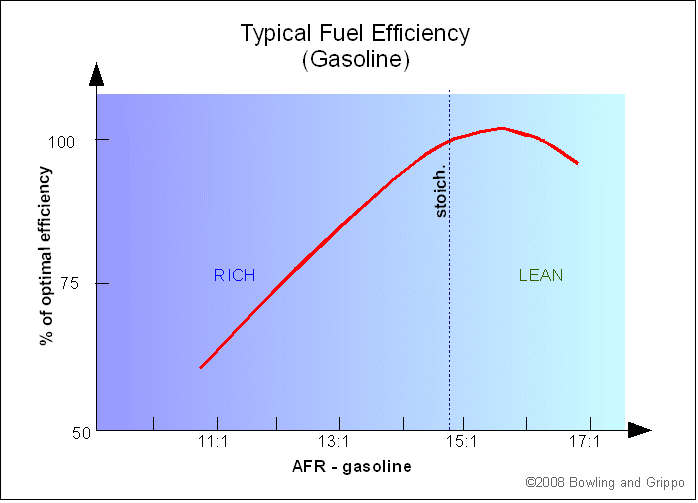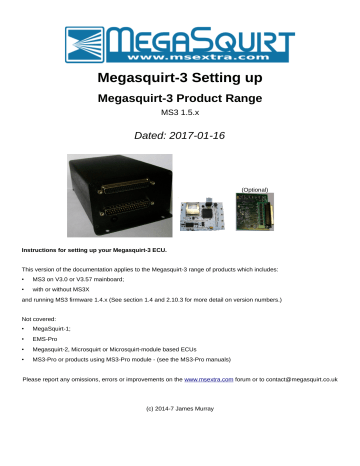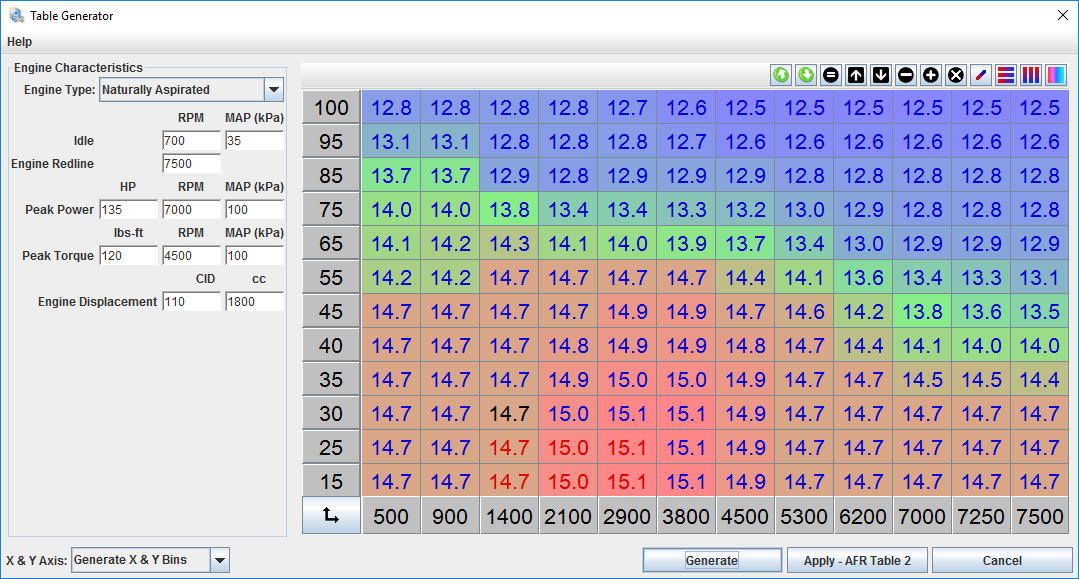

Lastly you will need to go to the Tools menu up top and click on Calibrate AFR Table. Don’t forget to burn the change to your MegaSquirt when finished. If you are running multiple widebands, you will be able to set that up in this menu as well. This is a pink wire labeled “O2” on our harness. If this is the case for your application, enter 1 for Number of sensors and set your EGO Channel to Normal EGO. Most setups will use a single sensor with the input received on DB37 Pin 23. You will need to change your EGO Sensor Type to wideband. Next, click on the Fuel settings tab and chose AFR/EGO Controls.

Your AFR Targets Table will be under Basic setup > AFR Table 1 After the write is complete, click Close. This is a one way flash, so don’t be alarmed if your settings don’t ‘stick’ in this menu after you’ve sent them to the controller. Chose your sensor type (Innovate LC-1 Default) in the drop down menu, and click on Write to Controller.

Don’t forget to burn the change to your MegaSquirt. You will need to change your EGO Sensor Type to wideband or dual wideband as appropriate for your setup. Next, click on the Basic Settings tab and chose EGO Controls. TunerStudio will quickly restart and take you back to the main dashboard. Under EGO O2 Sensor, chose the right option (Innovate LC-1 Default) for your wideband in the drop down menu and click Ok. Your AFR Targets Table will open underneath the More Settings tab.

Next, click on the Basic Settings tab and chose Exhaust Gas Settings. Under EGO O2 sensor, chose the right option (Innovate LC-1 Default) for your wideband in the drop down menu and click Ok. With your TunerStudio project open, go to:įile > Project > Project Properties and click on the Settings tab Proceed to configure the TunerStudio tuning software to allow your MegaSquirt EMS to properly talk to your LC-1 / LM-1 / LM-2 do the following: We now recommend leaving the analog outputs on your LC-1 / LM-1 / LM-2 at their default settings ( which is 0v = 7.35:1 AFR, and 5v=22.39 AFR). While in theory this is great and does increase resolution a bit, in practice it’s not really needed and is probably more trouble than it’s worth for most users. We used to recommend programming the output you were using to send a signal that represented a 10-20:1 AFR from 0-5v. The goal of this was to increase the resolution of the signal in the range of AFR most users will spend their time in. For a long time we guided customers on how to re-program their LC-1 / LM-1 / LM-2 to output a slightly different signal from default.


 0 kommentar(er)
0 kommentar(er)
